Editor's note: The greenhouse model (plastic-covered membrane house) has made important contributions to high-tech agriculture for the people of Da Lat city in particular and Lam Dong province in general in the past few decades. However, after a period of rapid development, the negative impacts of greenhouses on the environment and landscape in Da Lat are very obvious. Therefore, the local government is planning to gradually move greenhouses out of the central area.
Changing the way of production
In 1994, greenhouses were introduced to Da Lat through the Dalat Hasfarm Company from the Netherlands to invest in high-tech flower growing. The application of dehumidification technology, heating, drip irrigation systems... in greenhouses initially showed that flower plants grew well, had high productivity, and consistent quality, regardless of the weather. With an initial investment capital of 700,000 USD on an area of about 1 hectare, the company is now operating with a capital of over 130 million USD, expanding the greenhouse area to 340 hectares, creating jobs for more than 4,000 workers.
From the success of Dalat Hasfarm, greenhouses gradually appeared widely in Dalat and formed flower villages in the inner city. Ms. Phan Thi Thuy (Thai Phien flower village, ward 12, Dalat city) said: “In the past, my parents built greenhouses from bamboo frames to grow roses. Although not as modern as the iron-framed greenhouses today, thanks to that, the flowers grew steadily and were not afraid of being damaged by rain. In addition, roses use an average of 160kg of fertilizer/sao/year, while outdoors they use up to 250kg; pesticides are sprayed 40 times/year, while outdoors they are sprayed an average of 90 times/year. On the days when it is time to cut flowers, there is no fear of rain or wind. The economy is stable, new houses are built, and cars are bought partly thanks to greenhouses.”
According to the Lam Dong Department of Crop Production and Plant Protection, if people cultivate in greenhouses in a synchronous and scientific manner, in addition to the advantage of increasing productivity, they will reduce a lot of investment costs, limit negative impacts on the environment, especially the amount of fertilizers and pesticides. Therefore, to serve agricultural production and high-tech agriculture, in recent years, the greenhouse model has been strongly applied in Lam Dong. If in 2010, the whole Lam Dong province only had more than 1,100 hectares of greenhouses, in 2015 there were about 3,100 hectares, now the greenhouse area of the whole Lam Dong province has reached about 4,476 hectares. Of which, Da Lat city is the locality with the largest greenhouse area with 2,554 hectares, accounting for 57% of the total greenhouse area of the whole province; followed by Lac Duong district with 942 hectares, Don Duong 340 hectares, Lam Ha 280 hectares...
According to the Department of Agriculture and Rural Development of Lam Dong province, the area of simple greenhouses assembled by people using iron and bamboo accounts for about 65%, the area of modern imported greenhouses accounts for only 3.8%, the rest is the area of greenhouses produced and assembled by domestic enterprises and facilities. Previously, when it was first introduced, most people only followed the greenhouse model by building bamboo frames and nylon roofs. By around 2015, when agricultural material suppliers developed, building greenhouses became simpler and the cost was also cheaper than before. Currently, to build a greenhouse with a basic iron frame, farmers will spend from 180-250 million VND/sao ( 1,000m2 ), while models associated with hydroponic systems and other high technologies can cost up to 500 million VND/sao, even more than 1 billion VND/sao. The cost is relatively low compared to other technological production models, so greenhouses are still prioritized by people for investment because of the efficiency they bring.
For high productivity
In a modern greenhouse located in a valley in Ward 10, about 7km from the center of Da Lat, rows of tomatoes are being harvested, the fruits are densely packed on the hanging racks. We do not see the figure of a caretaker but only hear a very small humming sound coming from the electric motor installed in the water tank operating the recirculating hydroponic system. Mr. Nguyen Duc Huy, Director of the Viet Hydroponic Cooperative, said: “The secret lies in the phone. Through applications, sensors, and signal transmission, the garden owner can grasp the entire growth and development process as well as detect pathogens of the plants. The whole garden is more than 7,000m2 but we only maintain 2-3 workers regularly.”
When asked about the basic conditions for applying the technology, Mr. Huy said: "It is mandatory to install it in a greenhouse, because outdoor devices will not be able to collect accurate indicators. In the greenhouse, users will control the temperature, humidity, and isolate it from the surrounding environment." Regarding the application of recirculating hydroponic vegetables, Mr. Nguyen Duc Huy realized that previously, the drip irrigation system was already very economical compared to traditional irrigation (but the water would then be discharged), on average, 10-20m3 of water per sao (1,000m2) had to be used each day, but when recirculating technology was applied, the water flow was reused, only needing to add water with an amount of about 500 liters per sao, both saving water and reducing operating costs...
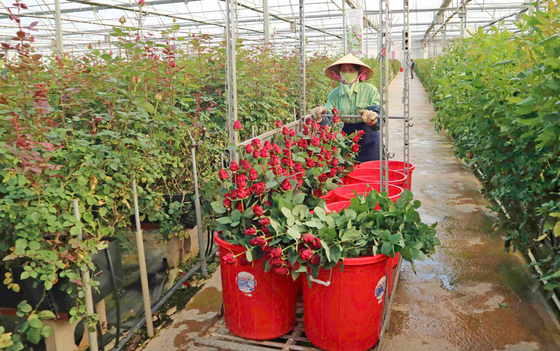 |
Greenhouse flower farm of Dalat Hasfarm Company (Ward 8, Da Lat City) |
Mr. Le Van Duc's (Ward 8, Da Lat City) sweet pepper, cucumber, and lettuce farm is also 100% covered by a greenhouse, completely separated from the outside environment through two layers of sliding doors. Mr. Duc said: "If my garden is produced using organic methods, it is mandatory to create an environment according to the standards required by the distributor. If grown outdoors, it is very difficult to control the indicators. If tomorrow my vegetable bed is harvested but the neighbor's garden is sprayed with pesticides, it will be very difficult to ensure that the amount of pesticides does not fly over. The quality criteria are increasingly demanding, forcing us to have strict control measures."
Not only growing vegetables and flowers for products, but the greenhouse model has also been widely applied in seedling nursery. "Nursery is inherently difficult, because the plants do not have resistance, so planting outdoors is almost impossible in the current context," said Mr. Thai, the owner of a chrysanthemum seedling nursery in Ward 5, Da Lat City. According to Mr. Thai, each year, seedling nurseries in Da Lat provide tens of millions of seedlings locally, in neighboring areas and for export, all of which depend on available greenhouses.
According to the Department of Agriculture and Rural Development of Lam Dong, the impressive growth figures of high-tech agriculture in Da Lat in particular and Lam Dong in general over the years have largely been "contributed" by greenhouses. Currently, the greenhouse model is also combined with many other smart technology applications, installing an internet of things connection system, automatic control sensors, LED technology to optimize the growth process of cut flowers; hydroponic technology to isolate the natural environment; building laboratories and using high-quality tissue culture technology...
In Da Lat, except for Ward 1 and Ward 2 in the central area, all remaining wards and communes have the presence of greenhouses, concentrated in traditional flower villages such as Thai Phien, Ha Dong, Van Thanh... If in 2005, the value of the products was about 65 million VND/ha, now Da Lat farmers earn about 350 million VND/ha/year. Applying the greenhouse model gives 2-3 times higher productivity, the value of agricultural products is 1.5-2 times higher than the model without growing in greenhouses, depending on the type of vegetables and flowers.
Source



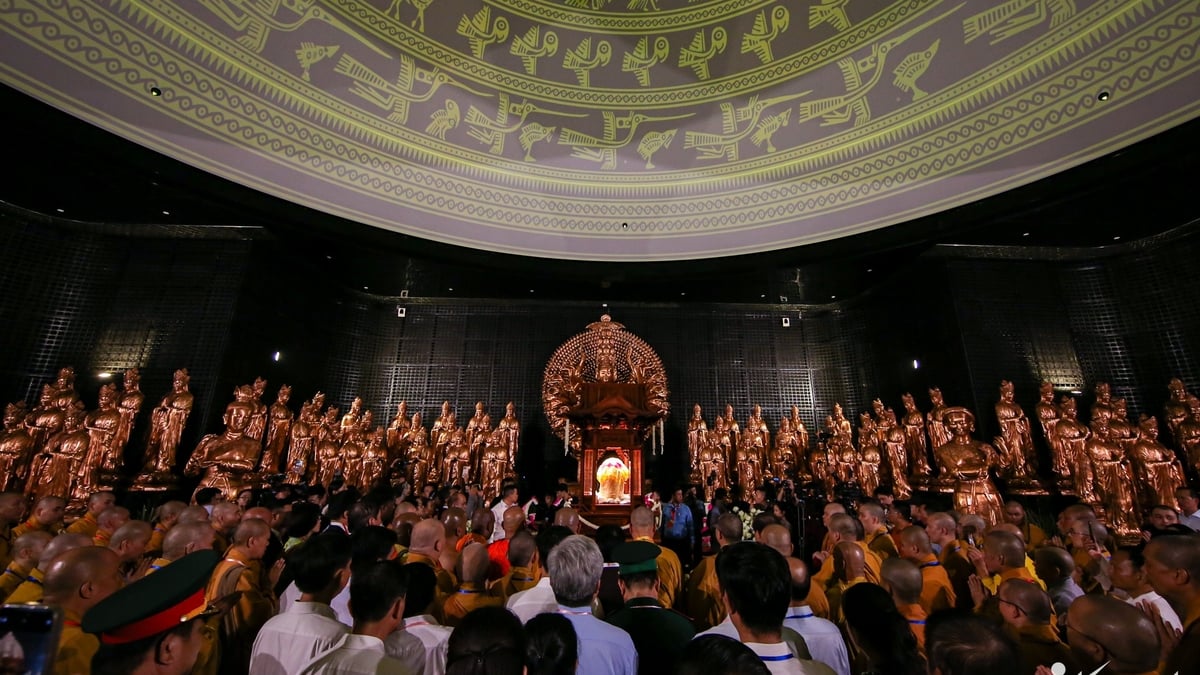
![[Photo] General Secretary To Lam begins official visit to Russia and attends the 80th Anniversary of Victory over Fascism](https://vphoto.vietnam.vn/thumb/1200x675/vietnam/resource/IMAGE/2025/5/8/5d2566d7f67d4a1e9b88bc677831ec9d)
![[Photo] President Luong Cuong presents the decision to appoint Deputy Head of the Office of the President](https://vphoto.vietnam.vn/thumb/1200x675/vietnam/resource/IMAGE/2025/5/8/501f8ee192f3476ab9f7579c57b423ad)
![[Photo] Prime Minister Pham Minh Chinh meets with the Policy Advisory Council on Private Economic Development](https://vphoto.vietnam.vn/thumb/1200x675/vietnam/resource/IMAGE/2025/5/8/387da60b85cc489ab2aed8442fc3b14a)
![[Photo] National Assembly Chairman Tran Thanh Man chairs the meeting of the Subcommittee on Documents of the First National Assembly Party Congress](https://vphoto.vietnam.vn/thumb/1200x675/vietnam/resource/IMAGE/2025/5/8/72b19a73d94a4affab411fd8c87f4f8d)
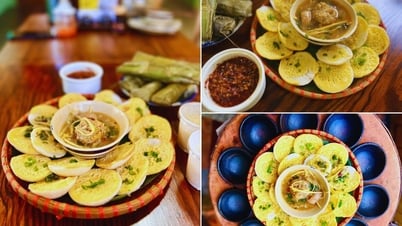

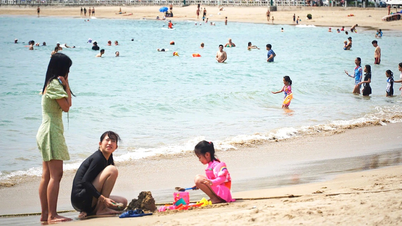

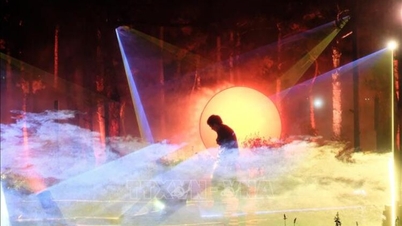





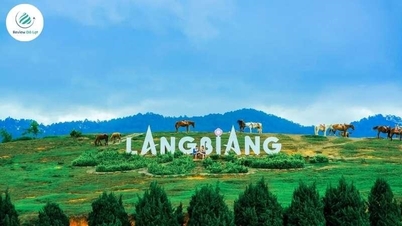

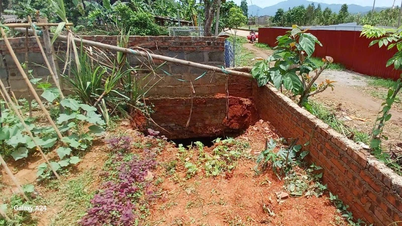
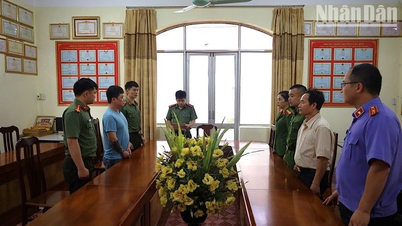
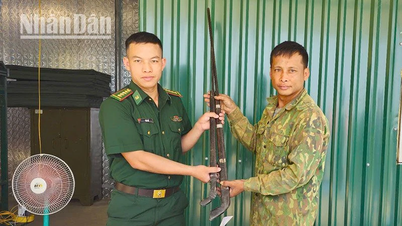
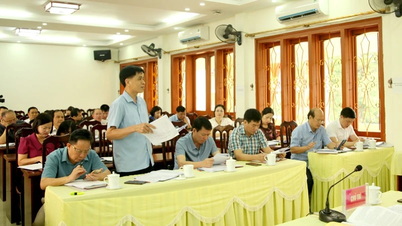
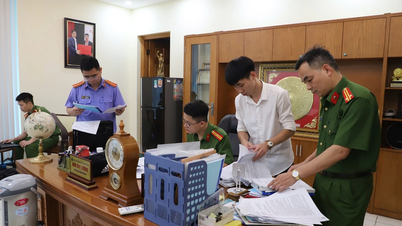
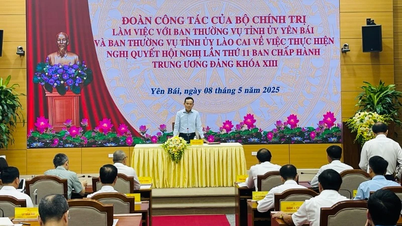







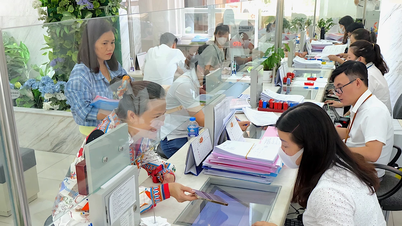

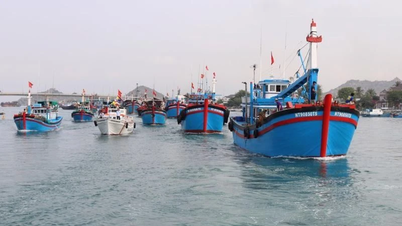










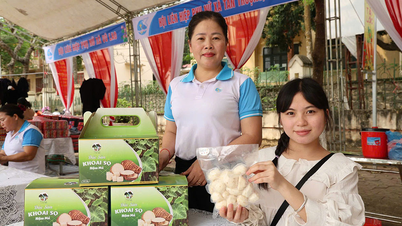



















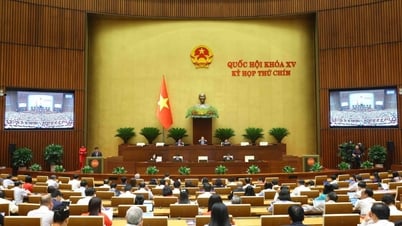


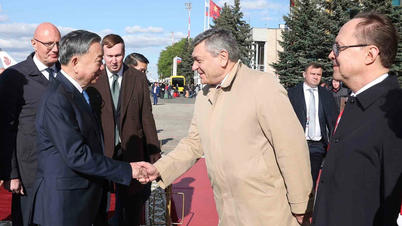


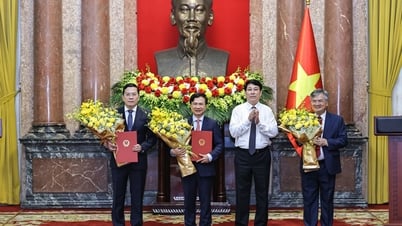

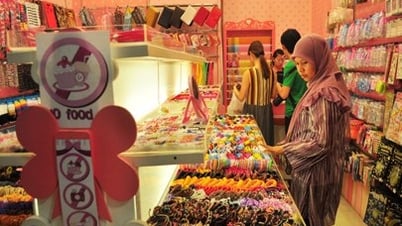




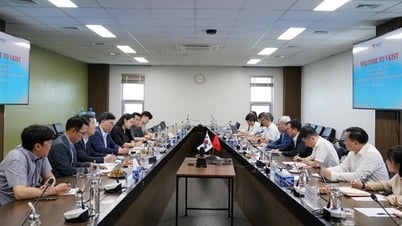


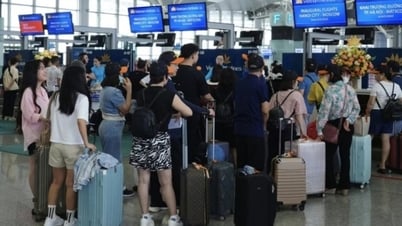

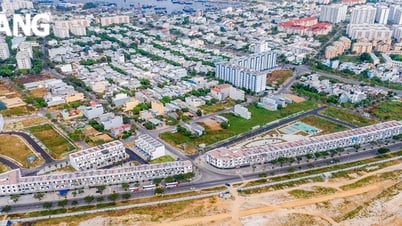

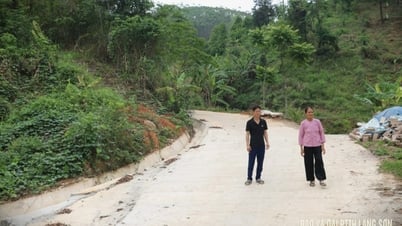

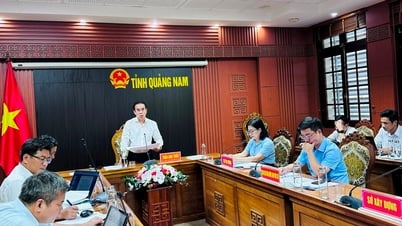

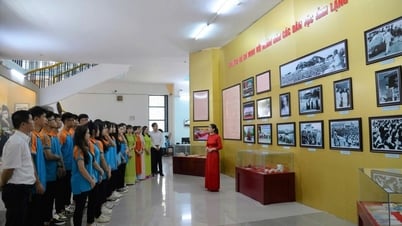
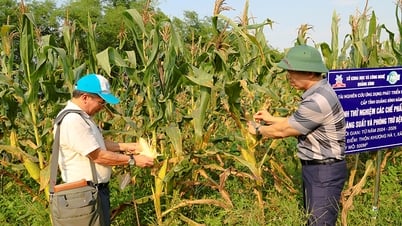













Comment (0)